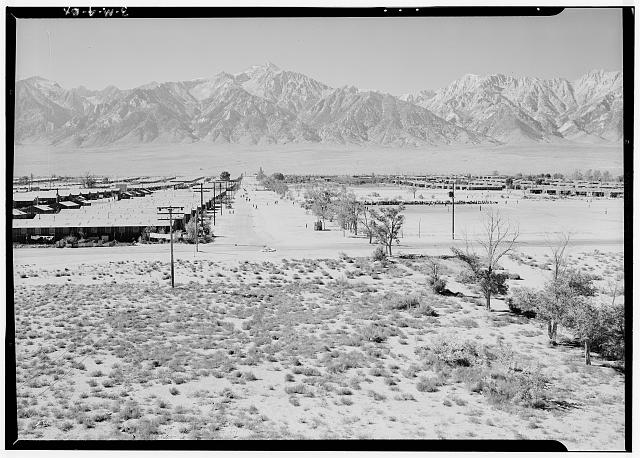If you’ve followed our recent philosophy posts, you’ve heard Gillian Anderson (The X‑Files) speak on what makes us human, the origins of the universe, and whether technology has changed us, and Harry Shearer speak on ethics — or rather, you’ve heard them narrate short educational animations from the BBC scripted by Philosophy Bites’ Nigel Warburton. Now another equally distinctive voice has joined the series to explain an equally important philosophical topic. Behold Stephen Fry on the Self.
These four videos draw on Socrates’s work on what it means to know oneself (and the limits of one’s knowledge); Erving Goffman’s (The Presentation of Self in Everyday Life) Shakespearean observation that we all play roles on this stage of a world; Rene Descartes’ famous declaration “I think, therefore I am”; and Jean-Paul Sartre’s concept of human existence preceding human essence (which, if it sounds a bit foggy, the video will clarify). Whichever of these thinkers’ claims sound most plausible to you, you’ll come out feeling a bit surer that, whatever constitutes our selves — if indeed we have them — it isn’t what you might have assumed going in.
If the notions that we know nothing, that we have no fixed identities, that we create ourselves (and/or our selves) by our own actions, and that a trickster demon may be controlling your thoughts even as you read this seem too detached from everyday experience to easily grasp, at least we have a sensible English voice like Fry’s to guide us through them. The stereotypes may say that the people of that practical-minded land don’t go in for this kind of talk. But I propose a refutation: specifically, a refutation in the form of a return by Fry to talk about two of his fellow Britons, David Hume and George Berkeley. They had a few things to say about the self — to put it mildly.
Related Content:
What Makes Us Human?: Chomsky, Locke & Marx Introduced by New Animated Videos from the BBC
Colin Marshall writes on cities, language, Asia, and men’s style. He’s at work on a book about Los Angeles, A Los Angeles Primer, and the video series The City in Cinema. Follow him on Twitter at @colinmarshall or on Facebook.








